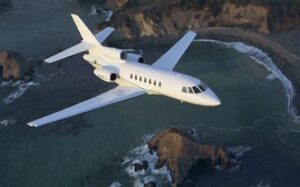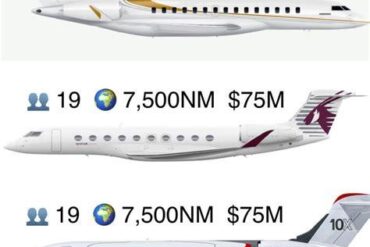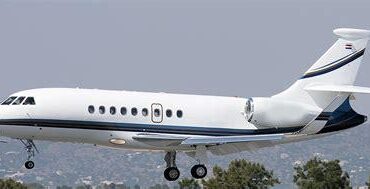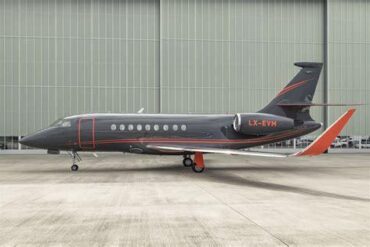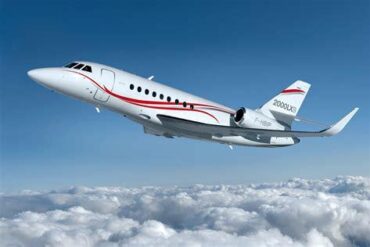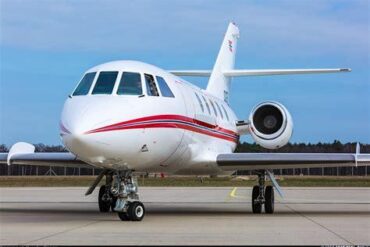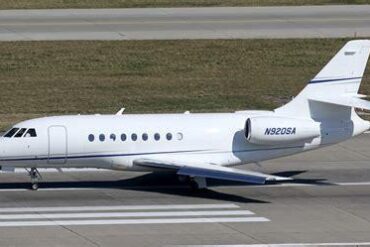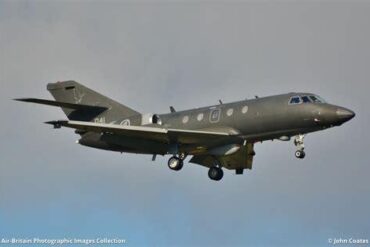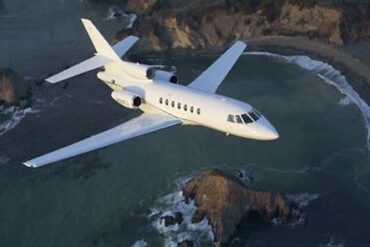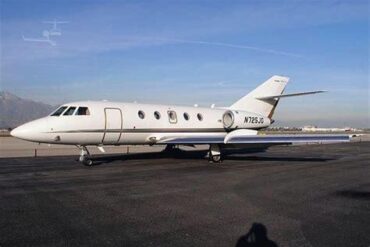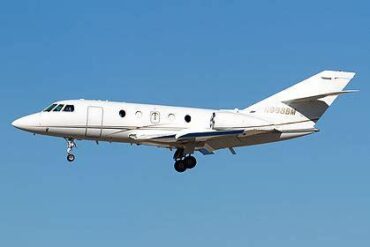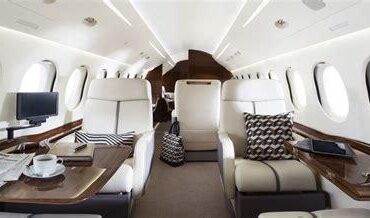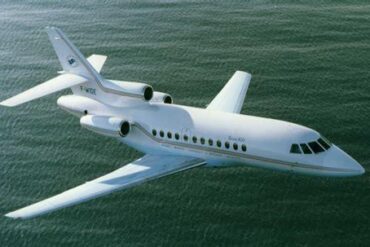The Dassault Falcon 50EX is a state-of-the-art business jet that combines performance, luxury, and efficiency. As we delve into the price and operating costs associated with this remarkable aircraft, it’s essential to understand what sets the Falcon 50EX apart from its competitors in the market.
Overview of the Dassault Falcon 50EX
The Falcon 50EX is an upgraded version of the Falcon 50 series, featuring enhanced avionics and performance capabilities. With a tri-jet configuration, this aircraft offers superior range and versatility. Designed for long-range travel, the Falcon 50EX can cover distances of up to 6,500 kilometers (approximately 3,500 nautical miles), allowing passengers to connect between continents without the need for refueling stops. The aircraft is powered by Honeywell TFE731-40BR engines, which provide exceptional thrust and fuel efficiency.
Price of the Dassault Falcon 50EX
Acquisition Cost
When considering the purchase price, the Dassault Falcon 50EX typically ranges from $5 million to $10 million, depending on various factors such as year of manufacture, condition, and installed features. Newer models or those with customized interiors can fetch prices at the higher end of this spectrum. The investment in a Falcon 50EX reflects its high-quality craftsmanship, advanced technology, and luxurious amenities, making it a preferred choice among discerning buyers.
Factors Influencing Purchase Price
Several elements influence the final acquisition cost:
-
Year of Manufacture: Newer models often come with the latest technology and warranty, thus commanding higher prices.
-
Customization Options: Tailoring the interior and exterior finishes can significantly affect the overall cost. High-end materials, advanced entertainment systems, and unique layouts can add substantial value.
-
Market Demand: The availability of used aircraft and prevailing market conditions play crucial roles in determining price. A high demand for the Falcon 50EX can drive prices upward.
Operating Costs of the Falcon 50EX
Direct Operating Costs (DOC)
Understanding the operating costs of the Falcon 50EX is vital for potential buyers and operators. Direct operating costs encompass fuel, maintenance, crew salaries, insurance, and other variable expenses incurred during operation. On average, the DOC for the Falcon 50EX is estimated to be around $2,800 to $3,500 per flight hour. Here’s a breakdown of the key components:
1. Fuel Costs
Fuel consumption is a significant contributor to operating costs. The Falcon 50EX has a fuel burn rate of approximately 180 to 200 gallons per hour. Given the average fuel price of $5.00 per gallon, operators can expect fuel costs to range from $900 to $1,000 per hour. This figure can fluctuate based on fuel pricing and flight conditions.
2. Maintenance Costs
Maintenance is crucial for ensuring safety and longevity. The Falcon 50EX requires regular inspections and preventive maintenance. The estimated annual maintenance cost is around $150,000 to $250,000, including parts, labor, and any necessary repairs. Operators should also factor in major overhauls every 3,500 to 5,000 flight hours, which can cost upwards of $1 million.
3. Crew Salaries
For a typical operation, a two-pilot crew is recommended for the Falcon 50EX. Annual salary costs can range from $150,000 to $250,000 per pilot, depending on experience and location. Additionally, benefits and training must be considered, raising the total crew expense to approximately $400,000 to $600,000 annually.
4. Insurance Costs
Insurance is another critical expense. For the Falcon 50EX, the average annual insurance premium can vary from $20,000 to $50,000, contingent upon the aircraft’s value, operational history, and coverage levels. Operators should ensure adequate coverage to protect against liabilities and unforeseen incidents.
Indirect Operating Costs (IOC)
Indirect costs, although not directly linked to flight hours, are essential for comprehensive budgeting. These include hangar fees, landing fees, and depreciation.
1. Hangar Fees
Hangar fees vary significantly based on location and airport type. In metropolitan areas, monthly hangar rental can range from $1,500 to $3,000, leading to annual costs of $18,000 to $36,000.
2. Landing Fees
Landing fees are charged by airports each time an aircraft lands. These fees can vary widely, generally falling between $100 and $1,000 per landing, depending on the airport’s size and traffic.
3. Depreciation
Aircraft depreciation is an essential consideration for owners. The Falcon 50EX typically depreciates at a rate of about 5% to 10% per year, depending on market conditions and aircraft maintenance. Understanding depreciation helps owners manage their assets effectively and plan for future resale.
Cost-Benefit Analysis
When evaluating the costs associated with the Falcon 50EX, it’s critical to weigh these against the benefits. The aircraft’s performance, comfort, and ability to access remote airports contribute significantly to its appeal. The flexibility of traveling on one’s schedule and the convenience of avoiding commercial air travel delays and hassles are invaluable for many corporate leaders and private owners.
Performance and Efficiency
The Falcon 50EX boasts impressive performance metrics. With a maximum cruise speed of Mach 0.8, it efficiently covers long distances. Its ability to operate from shorter runways makes it ideal for accessing more diverse locations, further enhancing its operational versatility.
Passenger Comfort and Amenities
Inside the Falcon 50EX, passengers experience a blend of luxury and practicality. The cabin can be configured to accommodate up to 9 passengers comfortably. Features often include:
-
Spacious cabins with high ceilings
-
Fully equipped galley for in-flight catering
-
Advanced entertainment systems
-
Luxurious seating arrangements with options for reclining and sleeping
These amenities significantly enhance the flying experience, justifying the operating costs through increased productivity and satisfaction.
Conclusion
The Dassault Falcon 50EX stands out in the business aviation sector, offering a compelling combination of performance, luxury, and efficiency. While the price and operating costs may appear substantial, they reflect the aircraft’s unparalleled capabilities and the value it provides to its owners. By understanding these financial aspects, potential buyers can make informed decisions that align with their travel needs and business objectives. Investing in a Falcon 50EX is not just a purchase; it’s a commitment to enhancing one’s travel experience and operational efficiency in the competitive world of business aviation.
